How to Install a Radon Barrier - Slab Floors
If in the kind of area where it's a good idea to install a vapor barrier against radon ingress, (check out the Radon maps by state and province page to find out here) we can't stress enough how important it is to test for radon, or better still to continually monitor for high radon levels. It's so important for health, and it's so easy to miss a small detail during construction that lets radon into your basement or home, it's reassuring to know that there's such a huge selection of SMART radon monitors available that keep a constant eye on the levels in the home. Take a look here for the best choice and prices on SMART radon monitoring equipment and their Apps.
WATCH MORE VIDEOS FOR SLAB ON GRADE FOUNDATION CONSTRUCTION
Polyethylene barriers below slab floors serve two purposes - to prevent moisture from wicking into concrete and disbursing it into homes, also to create a radon barrier. Radon gas occurs naturally in the soil, a result of decomposing uranium in the ground. So it's everywhere, but more intense in some locations than others.
A passive radon stack are also a prerequisite under the LEED for Homes program. Radon gas is the second greatest cause of lung cancer after smoking.
Rather than using the typical 6 mil polyethylene as a sub-slab vapour barrier, we used a 10 mil barrier and a radon evacuation stack to lower radon gas levels in homes, research shows (see below) that thicker membranes offer more effective protection.
In this video we are installing a 10 mil vapour barrier but we would probably use a thick vapor barrier like this one in future as the cost and quality is superior. The thicker barrier is not only better for mitigating soil gas, but it is far more durable during the construction phase than the 6 mil poly.
More on radon protection:
From the EcoHome Green Home Building Guides
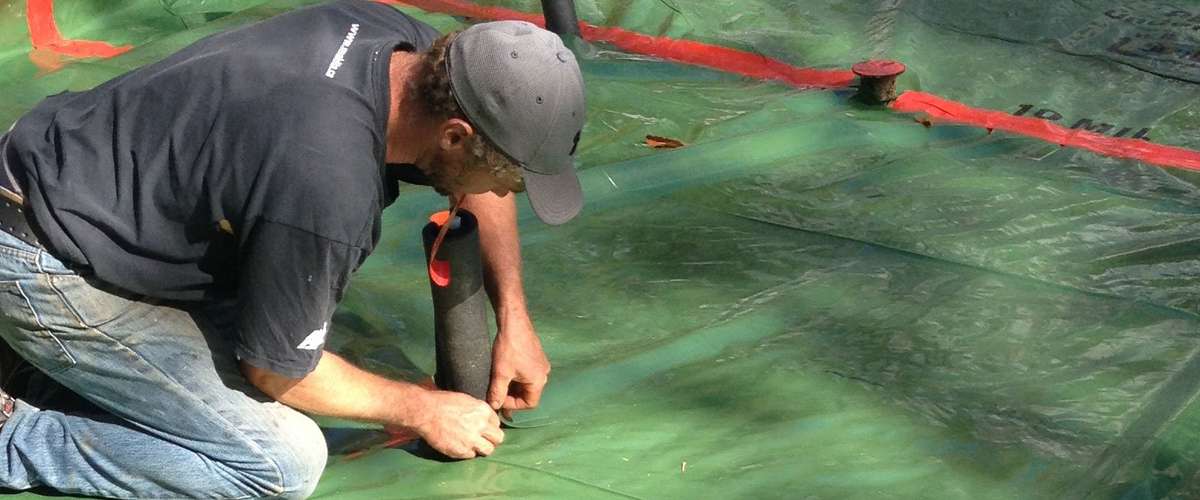






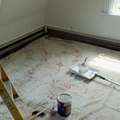







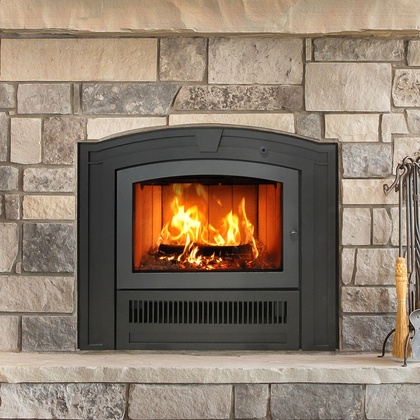

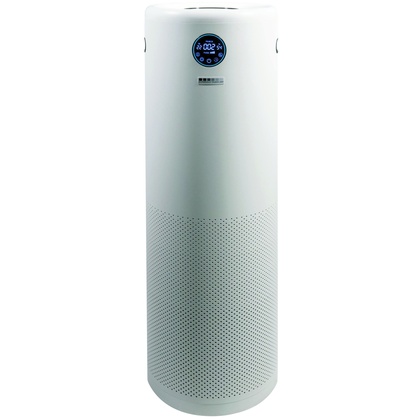



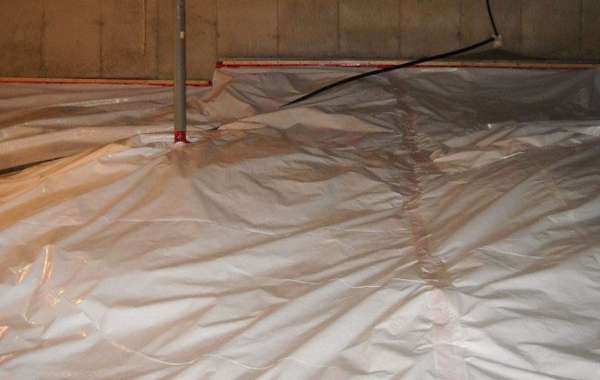

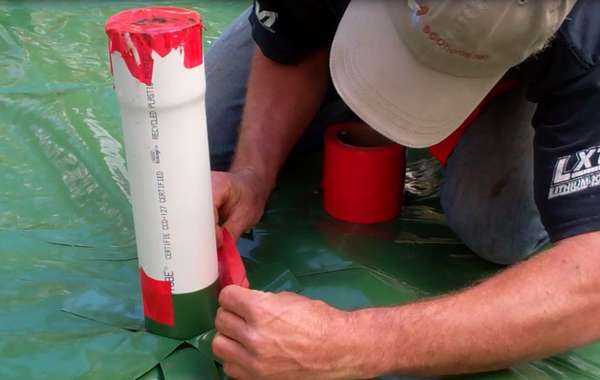

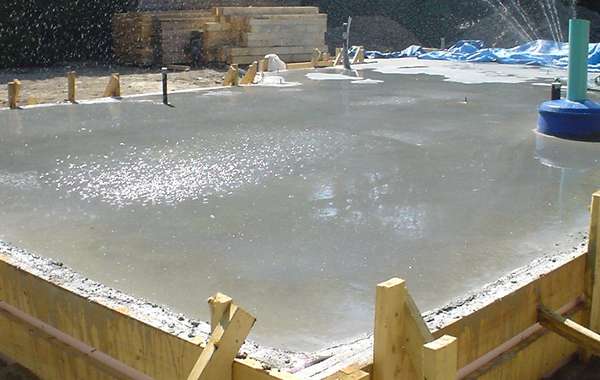
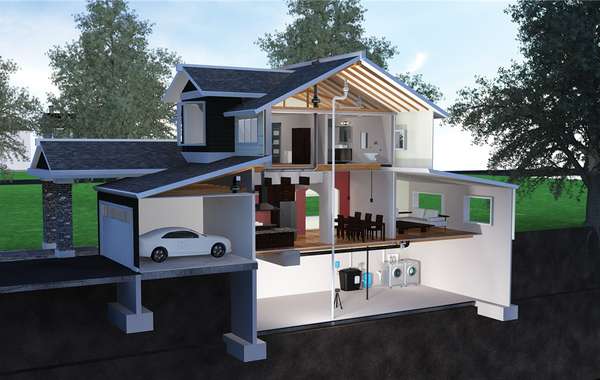
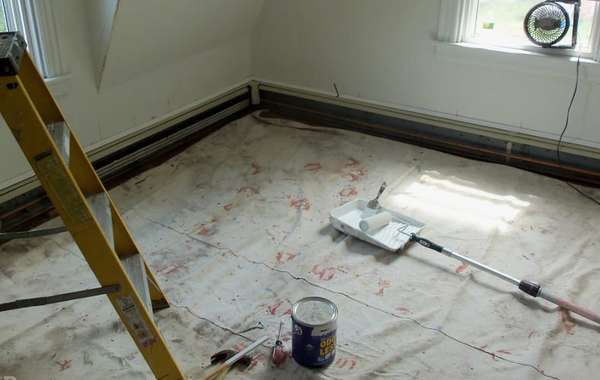
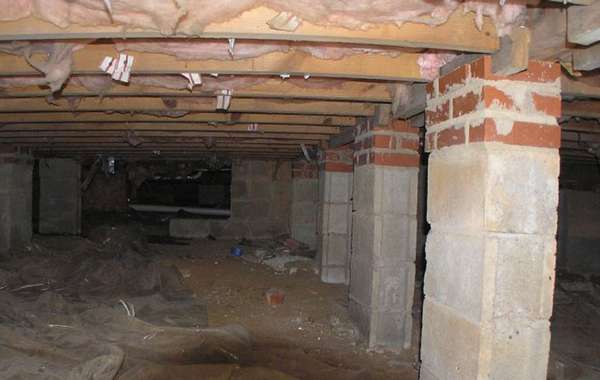
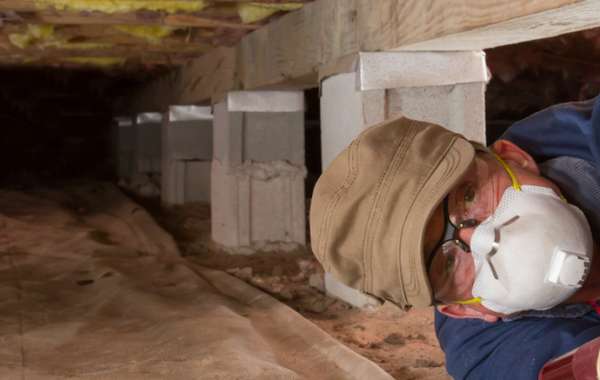
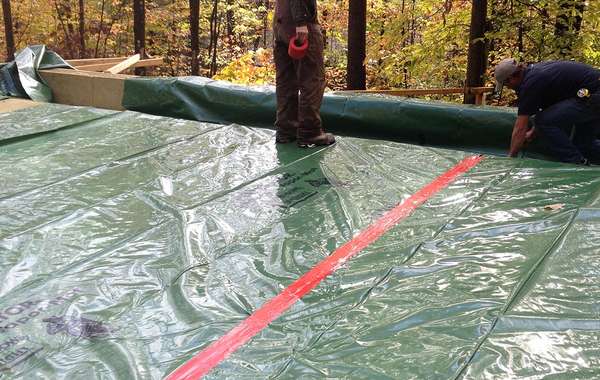
On this project you install 10 mil vapor barrier for radon protection.this is conform to LEED request ?
or need the evacuation pipping under the slad ??i have ISO-SLAB insulated slab-on-grade project.
LEED doesn't require the radon / vapour barrier to be 10 mil, we liked it for the added durability during construction, to avoid any accidental punctures. A 6 mil barrier would meet LEED requirements. If your other question is about the radon tube under the slab, radon evacuation is a pre-requisite for LEED certification.
Why run the stack through the home to dispel radon? Would it not be beneficial to do the exact same set up yet vent to the side of the home, say 3ft off the ground?
-Ty
Hi Tyrell,
Going up through the walls and out the roof works fine, but yes, there is a better way, though it isn't about risk of it leaking back into the home. This is something we learned from Rob Mahoney of Radonworks, he likes to run them out the rim joist. Rob is one of the nations most trusted voices in radon mitigation, and from his experience there can be a significant amount of moisture coming up through the stack, and in winter time it can crystalize in the section of pipe sticking up off the roof deck. having it stick out the side of the wall means a shorter pipe in which moisture can condense and create a blockage, and also, if it is at the side of your house it is very easy to inspect and clean out if it is blocked. Thanks for the question
What is the name of the tape you are using?
That is a 6" tape that was provided by WR Meadows to seal their Perminator membrane.
I have some floor boxes to install in a slab on grade. I have the pipes stubbing up through the liner which will then get taped.
When i place the floor boxes i want to tack them to the ground to stop them.from floating during the pour. This would be a 6 inch spike/nail through the floor box and into the gravel below.
Will this nail hole compromise the integrity of the liner. The nail will never be removed again
We have tested with 4 plc on our living level. Basement is the same.There is a 30"X30" hole in the basement floor where the old point well was driven. It is no longer used. Soil is sand and river rock. Would this one location for a pipe be enough to evacuate the entire slab which is 28'X30'?
Hello, I have a question that may have an obvious answer, but do slabs-on-grade require radon mitigation? Or is a home with any type of foundation, whether basement/crawlspace/slab-on-grade/etc. at equal risk for radon (depending on location I suppose)? Thanks!
Yes, radon gas can come through a slab on grade. Arguably less may enter than a basement were it situated on the same site, but radon protection is always smart to do under a slab because it is super cheap and easy to prevent radon at the start of a build, and it becomes more expensive and less effective afterwards.
Here is an image of a radon barrier under a slab on grade foundation that it is sandwiched between two layers of foam to protect it from perforations. Protecting it from damage while its being installed is really important for its future effectiveness.
Does it matter what is below the poly? My city asks for clear stone? Do you know any reason why?
They would specify that below a slab because clear stone allows water to drain and also allows any potential radon to flow easily so your radon evacuation tubes are effective in removing it.